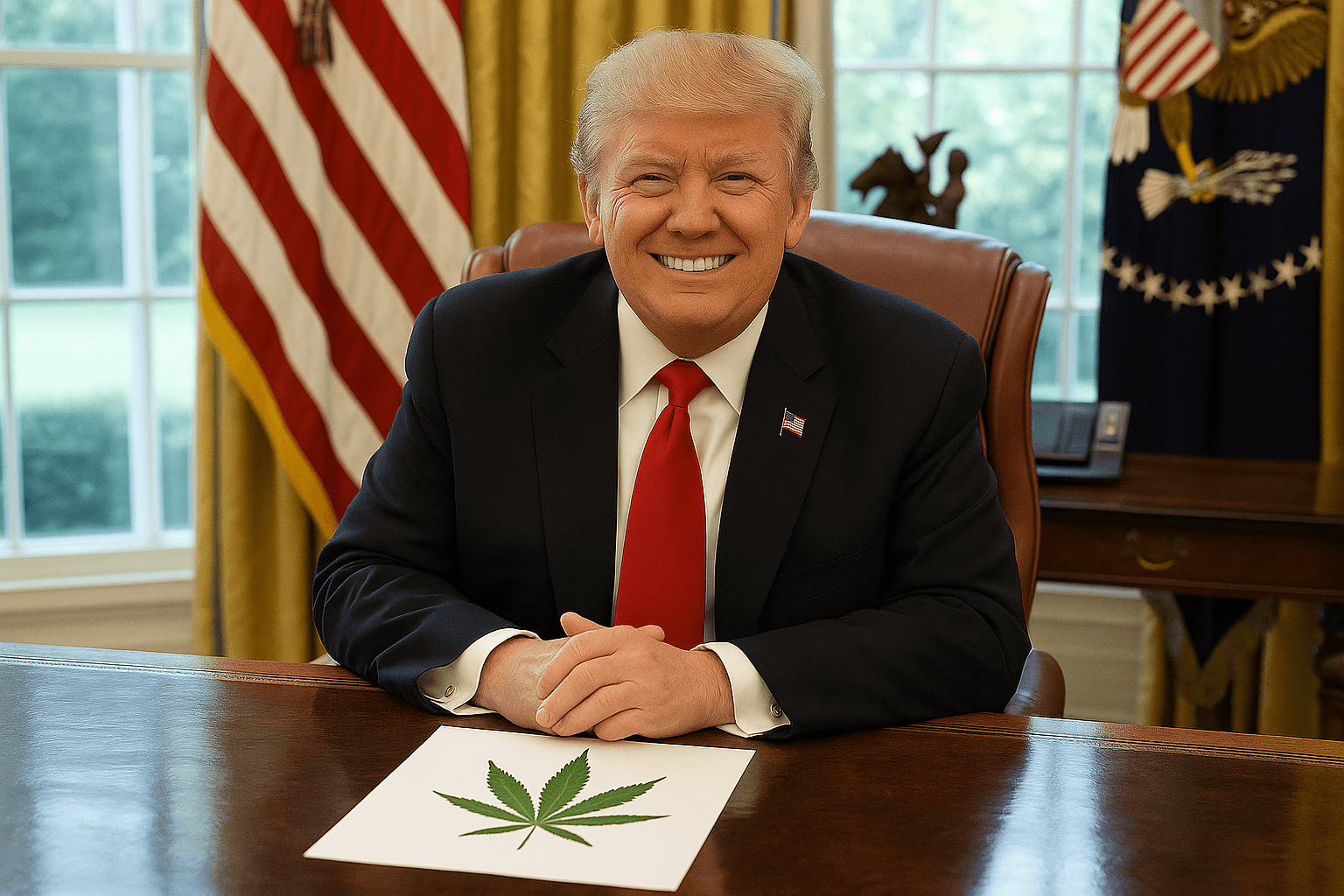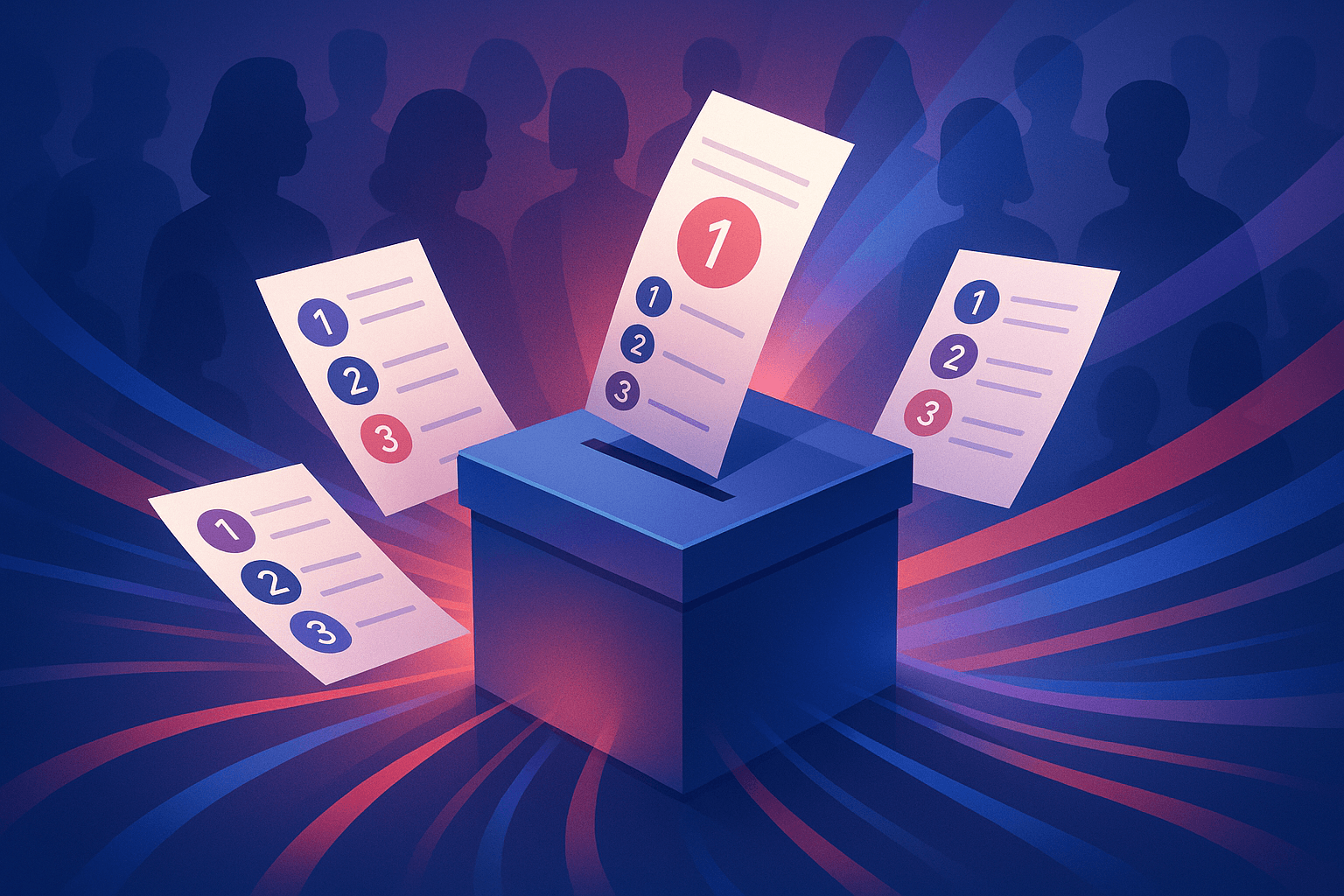How to Fix the Central Bank System, Improve the Economy, and Charge Taxpayers Nothing To Do It
In 1688, England experienced its ‘Glorious Revolution,’ transitioning nonviolently to a constitutional monarchy. As part of the changes associated with that event, control of the money, which had always been the prerogative of all monarchs, was kept from the Crown and (eventually) put in the hands of the Bank of England (established in 1694).
With that, the central-bank monetary model was formally established.
Today, almost all nations employ a version of that model. [The only notable exception is the eurozone central bank, but whether it could exist as it does without other central banks, especially those of the U.S., England, and Japan, functioning as they do is an open question.]
One of the functions of the traditional central-bank system that is necessary to this narrative is the central bank’s role as the lender of last resort to the central government. What that means in today’s world is that it ensures that all bonds issued by the central government will be bought. The central bank has the option of having the central government print money for it to use to buy any amount of those bonds.
The upshot is that there is literally no limit on how much money the central government can spend. That violates the most fundamental tenet of economics as a body of thought.
The whole of economics is premised on the idea of unlimited wants but limited economic means—money—to satisfy those wants. For the nation as a unit, the traditional central-bank system mocks that condition of existence. As a matter of economic theory, that puts that monetary model on the other side of the looking glass.
In practice, from the early 1980s to the present, central governments have taken full advantage of their access to unlimited borrowing. At the same time, the popularization of credit cards issued by financial firms, as opposed to stores, created a newly large-scale form of debt for individuals and households; with those cards, equity loans, and refinancing of houses, debt became a means of sustaining the way of life to which people had become accustomed when incomes stagnated during the period.
In the early 2000s, mortgages became the drug of choice in leveraging what was ‘high’ finance. The result has been a generally growing GDP, but a faster-growing level of total debt. So, debt-as-stimulus is inefficient
Whether debt is public or private, as an economic stimulant it provides an immediate spurt at the cost of creating a future drag on growth. So, in the long run, debt-as-stimulus is self-defeating.Richard Vague has written a book, The Next Economic Disaster, on the relationship of debt to economic instability of all kinds. Quantitative easing, a quasi-revolutionary act in its own right, actually absorbs debt from the economy, but swaps long-term drag for a truly dangerous level of future inflationary risk.
In short, the traditional central-bank monetary system has had its macroeconomic limits exposed. An unstable mountain of debt has been created that could collapse any day. No one can see any sure way, with that system in place, of getting the economy free from that danger; any proposed path is more fraught with danger than filled with hope.
Fortunately, someone has developed an alternative to that system. With this alternative monetary system in place the economy would become the self-regulating thing it is supposed to be in theory, with no elected officials or bureaucrats having the means to intervene in the economy fiscally or monetarily. The means to that end is the creation of a new monetary agency.
The new monetary agency would be separate from and independent of both the banking system and government. It would be purely administrative, with no discretionary authority of any kind. The monetary system would interface with people and businesses through their banks.
The central bank would still exist, but would serve only as the bankers’ bank. It would have no role whatsoever in determining the size of the supply of money or funding government. [“Supply of money” refers to ‘M1’, the amount of actual currency in the economy.]
The size of the supply of money would be determined by demographics, and only that. No person, committee, or organization would have the means to influence, much less determine the size of the supply of money.
The supply of money would form a truly exogenous variable to which all parts of the economy, including banking, would adjust. Anyone who has ever constructed a mathematical economic model knows that too much interdependence among the variables generates instability, which is why at least one variable is always made to be exogenous by ‘assuming’ values for it—and explains why our economy is unstable (and introduces bias into every economic model).
In essence, the supply of money would just ‘be’. Such an existential, zero-cost supply of money is in fact assumed (usually implicitly) in explications of market theory when money is not the topic.
Functionally, in place of an endlessly circulating stock of money this system would have an endlessly renewed stream of money. To prevent inflation, money would have to be returned (quarterly) to the monetary agency by the banking system. The amount of money returned to the monetary agency would be determined, not by people in authority, but by the functioning of the economy (and only that).
To be clear, no money whatsoever would be taken from any person before it could be used for consumption or investment. There would be no limit on how much money a person (or business) could make or spend or invest. (The monetary multiplier would definitely be smaller, but it would still exist; its magnitude would not be externally regulated, either.) This model is not about setting such limits—except for spending by government.
The total amount of government spendingper capita (combining central, intermediate, and local government) would be fixed forever as part of the operation of the monetary system, without using debt—or taxes—to fund it. That would establish a flexible but inviolable limit on spending by government (part of which would go to retiring outstanding government debt as it matured).
With no means of engaging in deficit spending and no taxation, government could not possibly be a source of macroeconomic manipulation.
Incidental to its structure, this system would provide the means to eliminate unemployment and poverty at no cost to anyone and without redistributing anything, while reducing the total wage bill (and maintaining a ready reserve of potential employees for business). The problem of funding a universal pension would also be solved.
In short, among adults, only a person of working age who simply refused to work would lack a (sufficient) income (the current median income, without taxes of any kind to subtract from it), with no Welfare or Social Security. Recessions would no longer be possible.
Those outcomes are not the result of policies, programs, or behavior (whether ‘expected’, ‘rational’, or of any other description). Rather, those outcomes (it so happens) are built into the structure of the system.
Much like the Glorious Revolution, changing from the traditional central-bank monetary system to this alternative system would be revolutionary, but not radical. Much as that change in the system of government utilized the familiar institutions of the House of Lords, the House of Commons, and the Crown, this change would retain the institutions that define the market-based economy: freedom, private property, and money. [Put human beings in a community with those three institutions in place and a market-based economy will organically develop.]
The reality that we must accept is that the breaking point of the traditional central-bank monetary system has been reached. It would behoove us to implement an alternative system before the economy fails completely. People apparently find it all but impossible to accept that a monetary model which would realize so much good is possible. I’m saying it is every bit as possible as the existence of an alternative, superior model of government was in 1688.
Author's note: More about this monetary model is available in “A New and Different Monetary System for a Better Economy” on IVN or at www.ajustsolution.com.
Photo Credit: Oleg Malyshev / shutterstock.com





